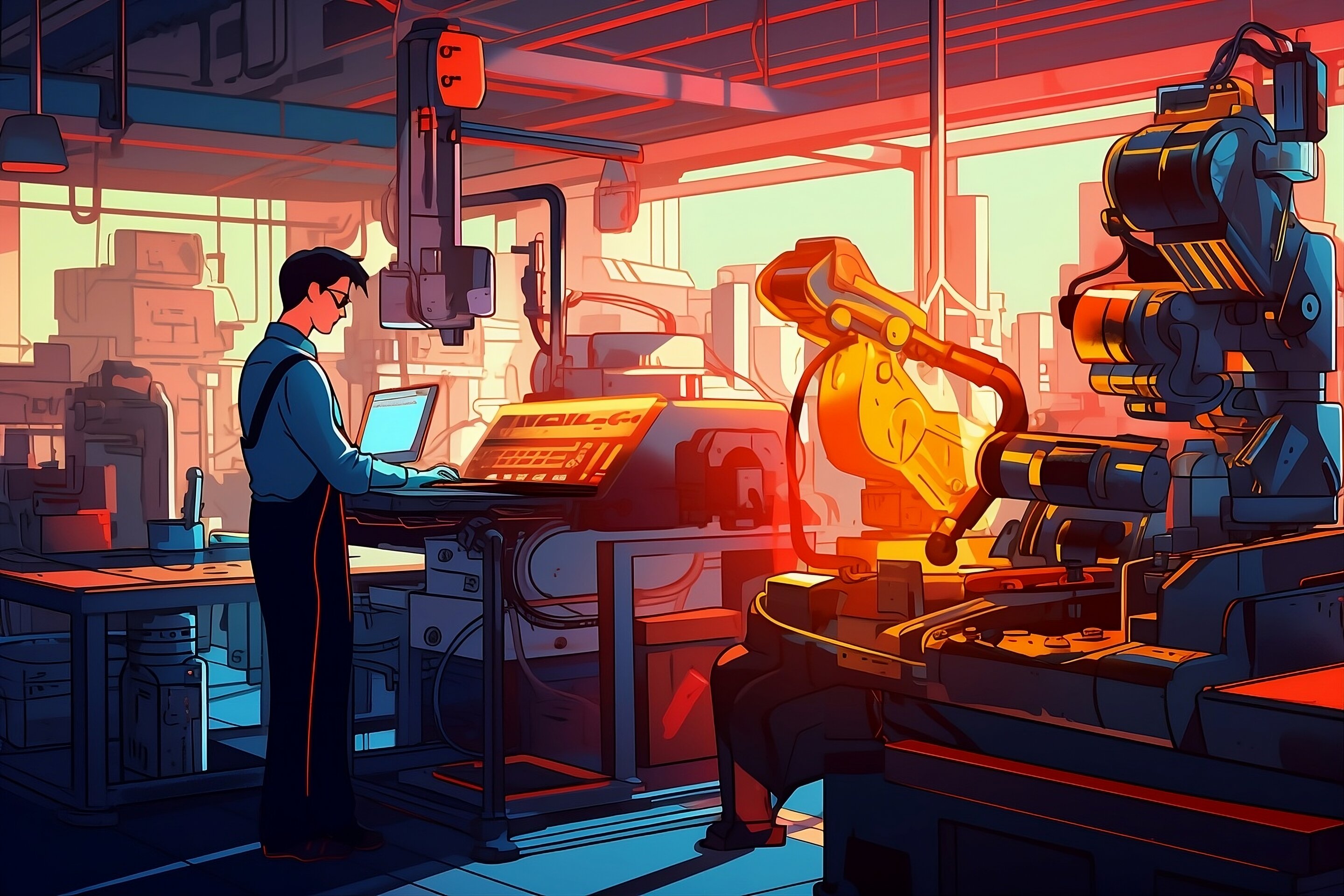
Like many of us, you might find yourself nodding to a familiar digital doomsday chorus that vibrates through offices and coffee shops alike: AI will take my job!
Is this looming threat substantiated, or simply a manifestation of our shared anxiety in the wake of constant technological advancement? A new study from MIT CSAIL, MIT Sloan, The Productivity Institute, and IBM's Institute for Business Value is set to challenge our long-held beliefs.
Their research critically examines the economic practicality of using AI for automating tasks in the workplace, with a specific emphasis on computer vision.
Their findings show that currently, only about 23% of wages paid for tasks involving vision are economically viable for AI automation. In other words, it's only economically sensible to replace human labor with AI in about one-fourth of the jobs where vision is a key component of the work.
"This indicates a more gradual integration of AI into various sectors, contrasting with the often hypothesized rapid AI-driven job displacement," says Neil Thompson, Principal Investigator at MIT CSAIL and the Initiative on the Digital Economy. "We placed our focus on the field of computer vision, an area where cost modeling has seen significant advancements."
The study departs from the conventional broad-brush approach to AI's potential impact. Instead, it offers a meticulous examination of AI's feasibility in automating specific tasks. What sets this research apart is its tripartite analytical model. The framework assesses not just the technical performance requirements for AI systems, but also delves into the characteristics of an AI system capable of that performance, and the economic choice of whether to build and deploy such a system.
Many years of experience with computer vision provides abundant data to assess performance and economic viability. By contrast, the data for novel large language models is still developing. Fortunately, experience with computer vision models provides some insight into what the future might hold with the diffusion and adoption of language models. According to the researchers, development, deployment, and running costs might decline and the technology industry could transform to provide AI solutions as a service, eliminating the need for substantial capital investment.
The researchers looked at the ramifications of potential reductions in AI system costs and how such changes could influence the pace of automation. For example, if the costs of implementing AI in workplaces decrease significantly, this could accelerate the rate at which AI is adopted in various sectors, potentially leading to more rapid changes in the job market. Conversely, if computing requirements expand, if data becomes harder to find, and if skilled workers are scarce, higher costs could slow this transition, allowing more time for workers and industries to adapt.
Another critical aspect: AI-as-service platforms. The scientists showed how scalability and wider application could potentially change the landscape of task automation, shifting the focus from individual firm-level deployment to a more expansive, service-based approach. "The implications of this shift are profound: it could democratize access to AI technologies, allowing smaller businesses and organizations to benefit from AI without the need for extensive in-house resources. Moreover, this could lead to the emergence of new business models centered around AI services," says Thompson.
"When the semiconductor industry created an entirely new business model 20 years ago with the separation of design and manufacturing with production outsourcing, fabless semiconductor companies became the standard," says Martin Fleming, former IBM Chief Economist and Chief Analytics Officer and now a Fellow at The Productivity Institute, based in the U.K. "In the years ahead, its possible software, cloud services, and consulting firms will create a new business model with a class of companies specializing in AI-as-a-Service at scale."
More information: Beyond AI Exposure: Which Tasks are Cost-Effective to Automate with Computer Vision? futuretech-site.s3.us-east-2.a … yond_AI_Exposure.pdf
Citation: Rethinking AI's impact: Study reveals economic limits to job automation (2024, January 23) retrieved 23 January 2024 from https://techxplore.com/news/2024-01-rethinking-ai-impact-reveals-economic.html
This document is subject to copyright. Apart from any fair dealing for the purpose of private study or research, no part may be reproduced without the written permission. The content is provided for information purposes only.
